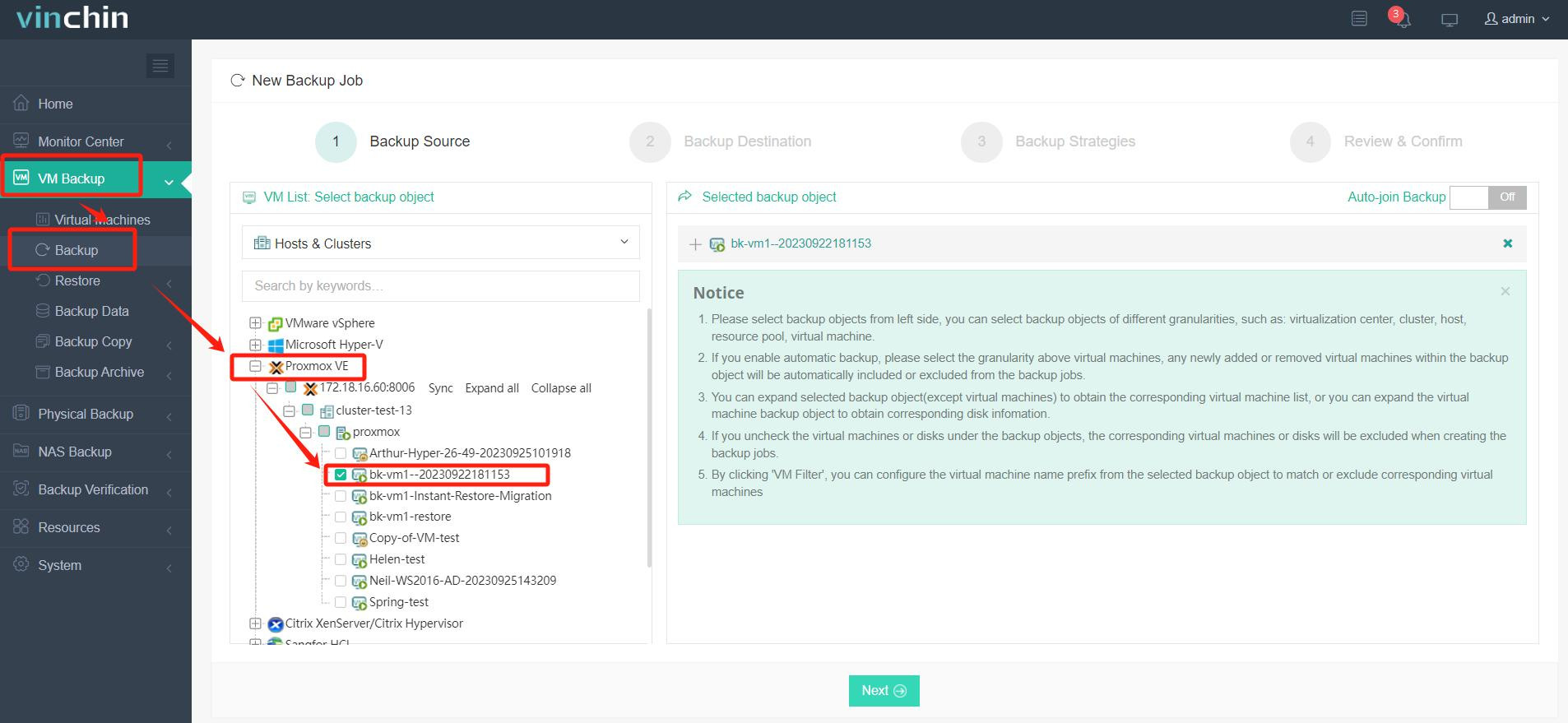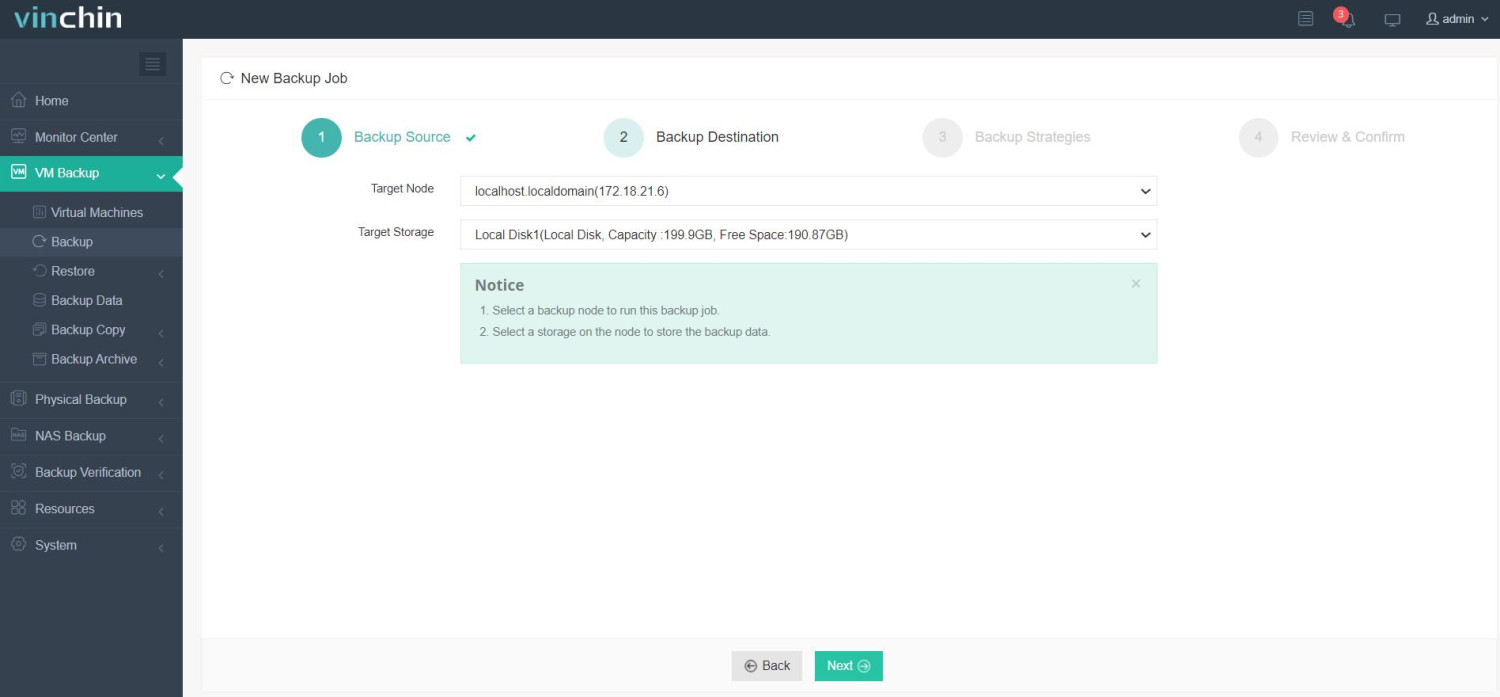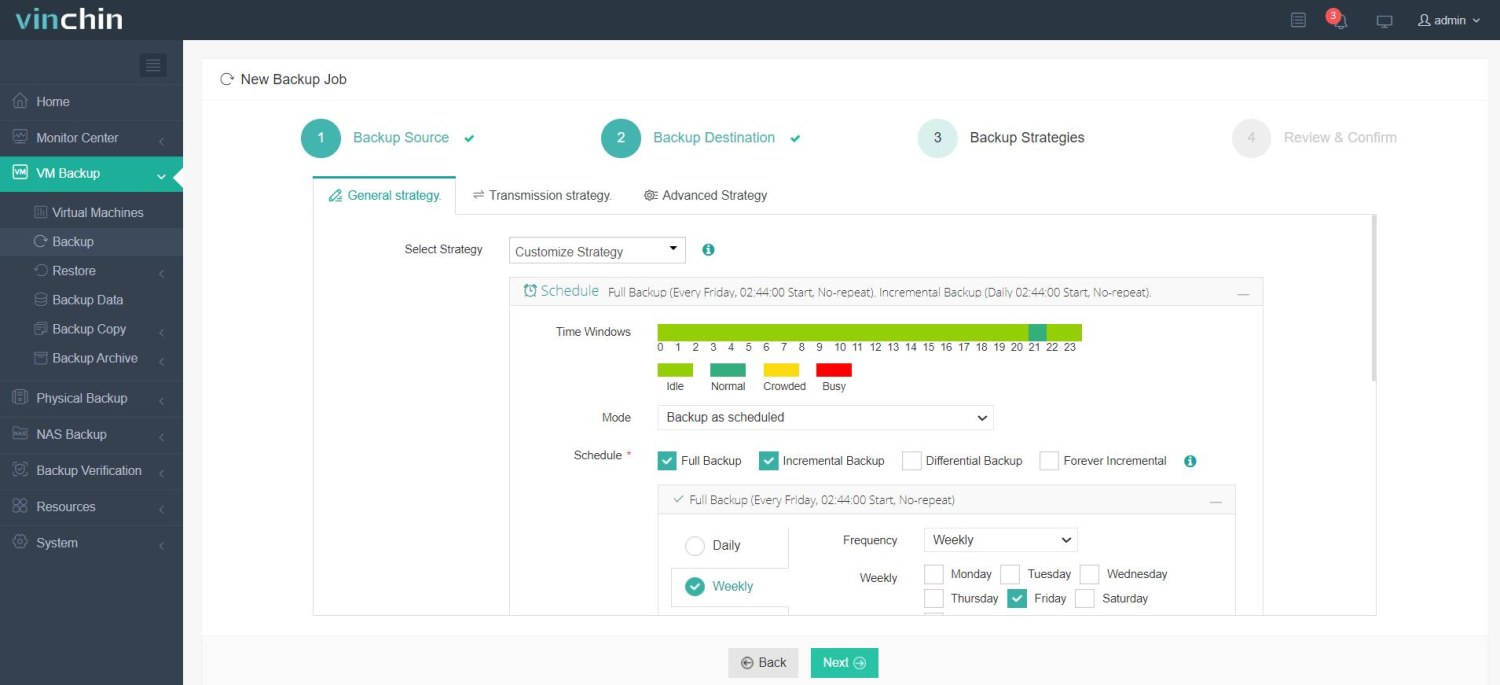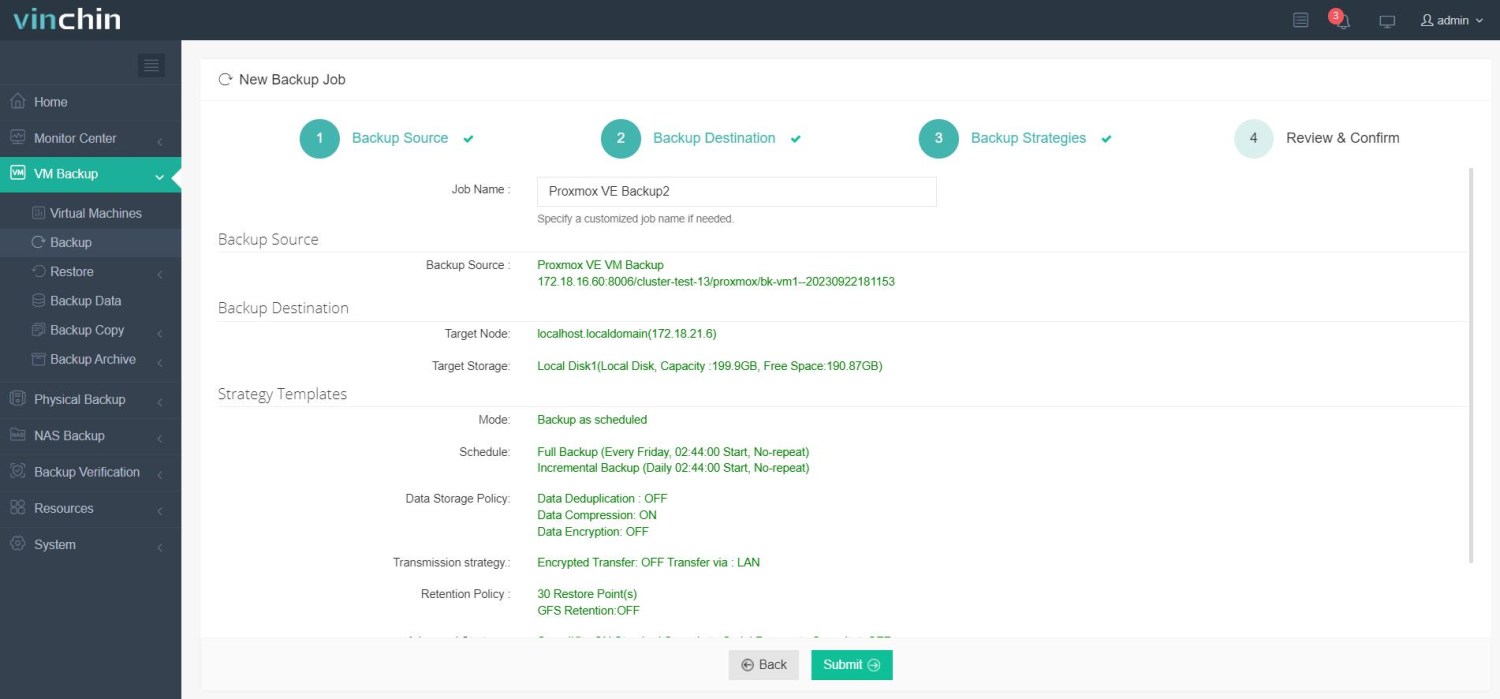-
What is CIFS?
-
Advantages of CIFS
-
What is SMB?
-
Benefits of SMB
-
CIFS vs SMB
-
Comparing CIFS to SMB: Why SMB holds the advantage?
-
Vinchin Backup & Recovery: your trusted VM backup solution
-
CIFS vs SMB FAQs
-
Conclusion
What is CIFS?
CIFS, or Common Internet File System, initially developed by Microsoft and later enhanced by IBM, serves as a protocol for file transfer across networks or servers. It offers secure and authenticated file transfer capabilities, allowing files to be exchanged through server requests. It is essentially an enhanced or temporary version of the File Sharing Server Message Block (SMB). In addition, CIFS allows sharing between multiple client devices (e.g., files, printers, etc.) to access data over a network.
Advantages of CIFS
CIFS boasts several key features:
1. Authenticated file transfer protocol: It ensures secure file transfers, permitting only authorized users to access files and resources.
2. High-performance file transfer protocol: With robust file transfer capabilities, CIFS enables swift and efficient file exchange between clients and servers.
3. Network-Based file editing: CIFS supports remote file editing, allowing multiple users to collaborate on documents simultaneously.
4. Multi-user access: Multiple users can access shared data without encountering conflicts, ensuring seamless collaboration.
What is SMB?
On the other hand, SMB, or Server Message Block, similar to CIFS, facilitates file transfer within shared networks. Initially improved by IBM as a provisional version of CIFS, SMB enables clients to interact with files on servers within a Local Area Network (LAN), streamlining file sharing and editing processes.
Benefits of SMB
For different versions of SMB, the performance level has also increased. The following are the important features of SMB:
Authenticated interoperability: SMB ensures authenticated access to shared resources, enhancing security within network environments.
File sharing and network browsing: It enables file sharing, network browsing, and utilization of print services across clients.
Enhanced efficiency: SMB version 2 reduces the number of commands and subcommands used when transferring files over the network, improving efficiency.
Support for symbolic links: SMB2, as an enhanced version of SMB version 1, includes support for symbolic links, offering more robust functionality.
CIFS vs SMB
SMB vs CIFS have a lot of similarities in functionality and in fact CIFS can be seen as a form of SMB. Microsoft first introduced CIFS and used it, and later IBM enhanced it to form SMB. CIFS is usually used by large companies that need to handle large amounts of data and allow access to a large number of users. CIFS plays an important role in these large organizations by providing a secure and reliable file transfer system.
However, while they have many things in common, there are some subtle differences between CIFS and SMB. For example, there is a set of message packets between CIFS vs SMB that are used to determine a specific protocol version, which is known as a dialect. CIFS is said to be a dialect of SMB. This relationship gives SMB vs CIFS a closer connection while at the same time demonstrating their uniqueness.
Comparing CIFS to SMB: Why SMB holds the advantage?
The SMB protocol is now more commonly used than CIFS because of its significant advantages in file transfer and security. SMB replaced CIFS with advanced pre-authentication checks during file transfers. It has become the most commonly used protocol in the world of Windows operating systems. Versions 2 and 3 of SMB became standard on Windows Vista and Windows 8, and Windows Server 2012, further strengthening its position.
The SMB protocol plays a crucial role in file transfer over a network. Compared to other file transfer protocols, SMB optimizes by reducing the number of commands used solely for file transfer to nearly 19, achieving an efficient and feasible means of file transfer. This concise command structure reduces communication overhead and enhances the speed and efficiency of file transfers.
In addition, when comparing CIFS to the SMB protocol, the SMB protocol also offers greater data storage capacity. This makes it an ideal choice for secure and reliable file transfer systems in large enterprises that handle vast amounts of data and allow access to numerous users.
SMB is an advanced application network protocol, while CIFS is based on the TCP/IP protocol. CIFS is often referred to as a "chat protocol," which can lead to network issues. In contrast, SMB overcomes these problems through its pipelining mechanism, making it more advantageous in terms of file transfer and security.
Vinchin Backup & Recovery: your trusted VM backup solution
Enter Vinchin Backup & Recovery, a leading provider of VM backup solutions tailored to the dynamic needs of modern enterprises because it can backup your VM to various storage in cluding local partition or disk, logical volume, local directory, Fiber Channel Storage Area Network (FC SAN) storage, iSCSI storage, NFS storage, and CIFS storage, etc.
With Vinchin, businesses gain access to a comprehensive suite of backup and recovery features designed to safeguard virtualized infrastructure efficiently. Vinchin seamlessly integrates with leading virtualization platforms such as Proxmox, VMware, Hyper-V, XenServer, XCP-ng, oVirt, RHV, and more, ensuring compatibility and ease of deployment across diverse environments. Its advanced security measures, including encryption and access controls, protect backup data against unauthorized access and cyber threats, providing peace of mind in an ever-evolving threat landscape.
Vinchin Backup & Recovery’s operation is very simple, just a few simple steps.
1. Just select VMs on the host

2.Then select backup destination

3.Select strategies

4.Finally submit the job

Moreover, Vinchin offers a 60-day free trial for users to experience its features in real-world environments, allowing businesses to fully assess its effectiveness before making a commitment. For more information, please contact Vinchin directly or reach out to our local partners.
CIFS vs SMB FAQs
Q1: Is CIFS/SMB secure?
A1: CIFS/SMB supports various security mechanisms such as authentication, encryption and access control. However, they are still vulnerable to security threats if not properly configured and managed.
Q2: What other file sharing protocols are available besides CIFS/SMB?
A2: Other file sharing protocols include NFS, FTP, SFTP, WebDAV and others. The choice of protocol depends on security requirements, performance and compatibility with existing systems.
Conclusion
CIFS and SMB are pivotal protocols in network file transfer, each with distinct advantages. SMB stands out for its enhanced performance and security features, making it the preferred choice. With Vinchin Backup & Recovery, businesses can safeguard their virtualized infrastructure effectively. Choose Vinchin for robust VM backup solutions tailored to your enterprise's unique needs.
Share on:








